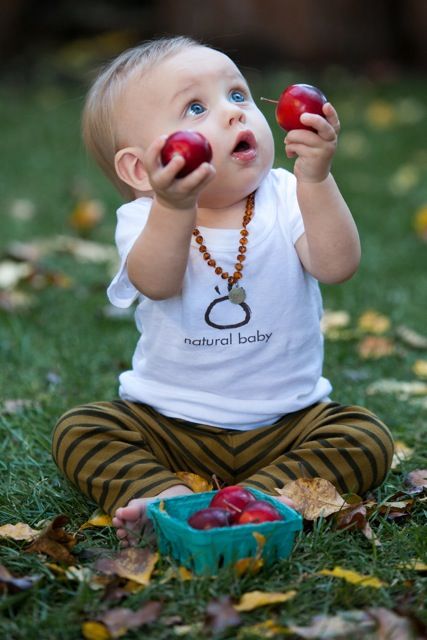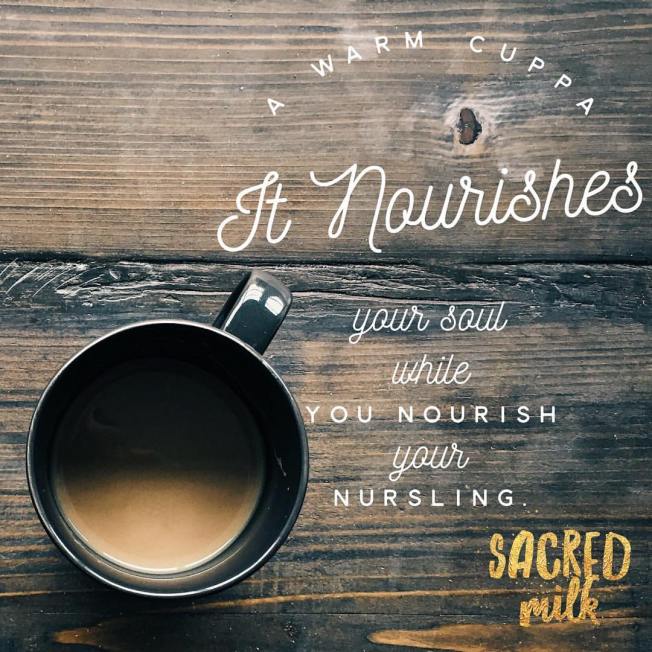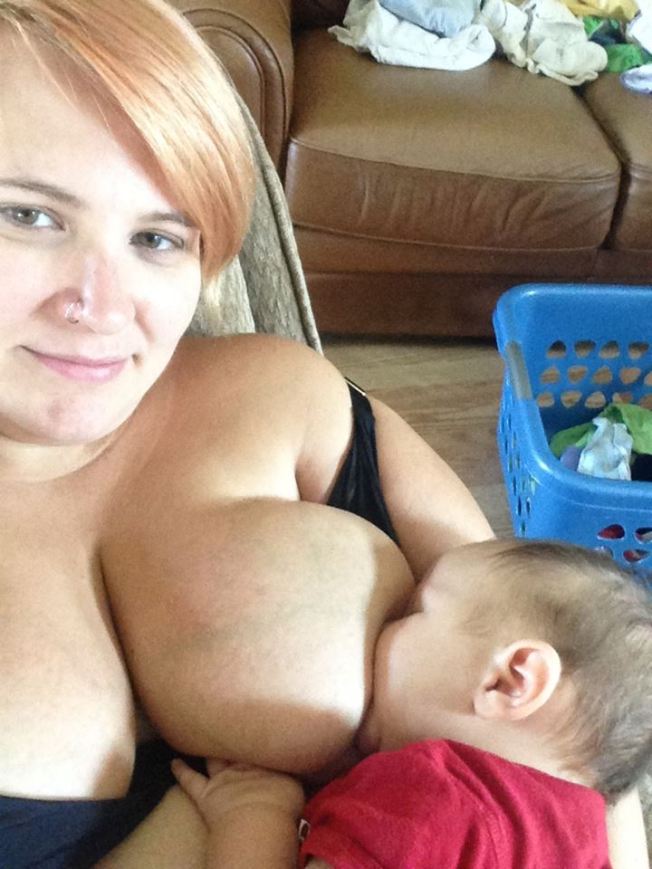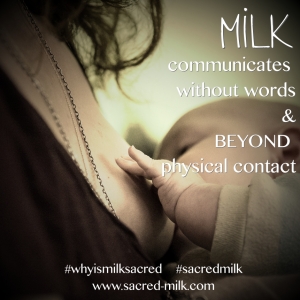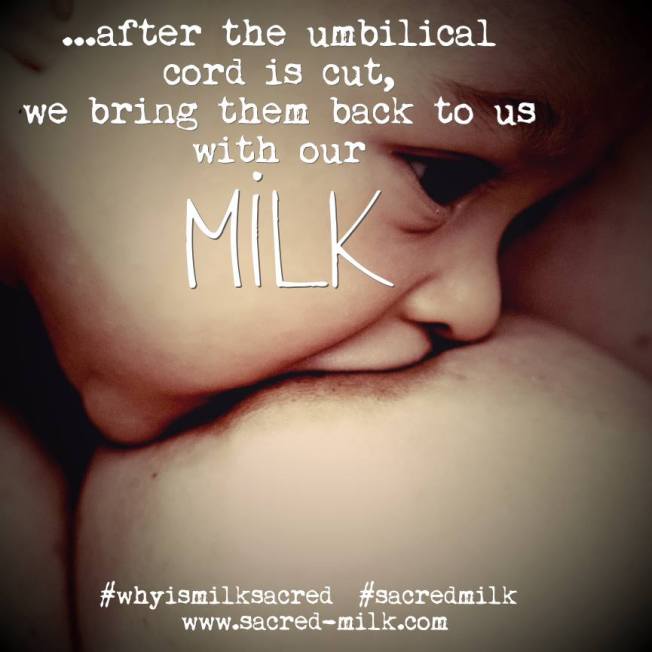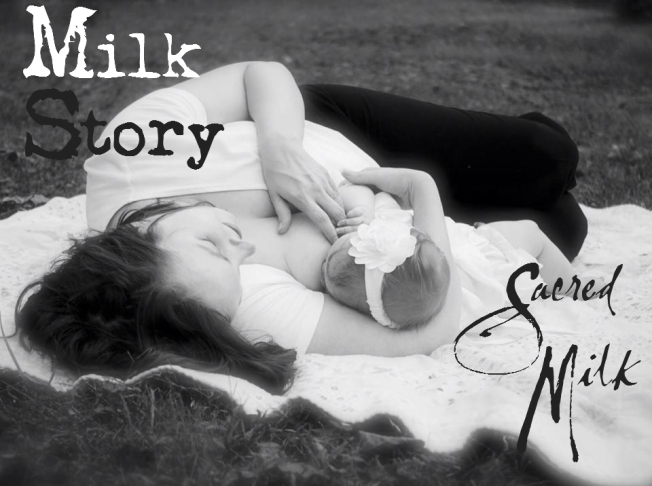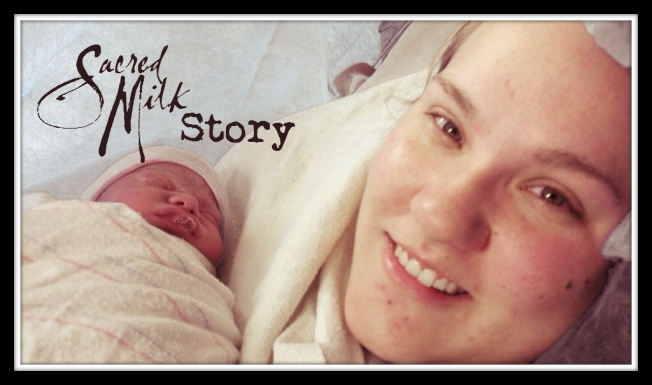
Going With The (Milk) Flow
By Jennifer Martel
Back in January of 1989, I gave birth to my first child, daughter Toni Michelle. Although I initially tried to breastfeed her at the hospital, I ended up giving up too soon which I credit to being so young at the time. In hind sight, I wished I had stuck with it.
Fast forward about twenty-four years. I felt called on a spiritual level to bring another precious life into this world. My current husband Andy and I decided we would in fact like children. This time around, I was wiser, healthier, and living holistically. I knew about GMOs and processed foods and knew that my breast milk was the perfect food for this baby that was entering the world. So I had every intention of solely breastfeeding our baby.
After our sweet Emma Rose was born in July 2014, I had to learn to go with the flow and learn to accept that despite our best efforts, sometimes things just don’t go as planned- and that everything will still work out okay.
When Emma was born, we initiated breastfeeding in the delivery room at the hospital. It would ebb & flow. We weren’t able to get her to latch consistently to get enough milk overall. Emma had dropped some weight initially so the hospital staff was monitoring her weight each night. At one point a staff member mentioned the possibility of formula at some point and I said no. When asked why I didn’t want to use formula, my reply was “the ingredients.” They did not understand my concerns about processed baby formula, nor my vow to NOT give up this time on breastfeeding.

Fortunately we had attended a breastfeeding class by a remarkable woman Beth prior to giving birth. And it just so happened that she did private consultations. So the day after we arrived home from the hospital, we had this lactation specialist come to our home.
She helped with breastfeeding techniques, as well as setting me up to pump breast milk to increase milk supply (including fitting me for correct shield size, etc.). Additionally, she weighed Emma at each visit and expressed the importance of our main objective, which was to get Emma fed- regardless of the type of milk. Although it was devastating to me, we went out on day 4 and bought the best organic baby formula we could find after researching online.
Beth also suspected that Emma may have a lip or tongue tie (neither of which I had ever heard of). She referred us to a pediatric dentist that specializes in this. So at not quite a week old, we took Emma to this dentist, and it turned out that she had both a lip and tongue tie which was interfering with her ability to latch and breastfeed. Emma had the laser procedure that day and we continued our breastfeeding as best we could, in addition to supplementing with organic formula.
Due to delayed latching, my milk supply, once very abundant, had dwindled, so I worked to increase production by pumping. It added even more stress trying to find time to pump in between breastfeeding attempts. I pressured myself to make this work, vowing that I would not give up.
We rented a commercial breast pump, had several lactation consults, I tried acupuncture, frequent breast-pumping, and amidst all of this, I was realizing that the time I was spending trying to increase my milk supply was not only very stressful but also insanely time-consuming. I was ultimate losing time with my precious daughter because I could not pump and hold Emma at the same time. It deeply saddened me to be missing time holding my baby in an effort to give her the best most natural food- my breast milk. When I came to this realization, I had to decide what my priority was going to be.
I chose loving contact. I had to let go of feelings of failure and guilt and instead allow myself to be more relaxed and flexible with the process. I decided to pump less to reduce my stress level and get to cuddle my sweet Emma Rose more. Eventually I stopped pumping all together and let things flow as they would, knowing I had tried so many things and that this was not giving up- I was simply surrendering. Even the lactation specialist was impressed with my efforts, commenting on my devotion to making breast feeding a success.
 Emma and I still breastfed each day (no matter how much or how little the milk output) for the remainder of my 12 week maternity leave. And although she did not receive enough breast milk to sustain her on that alone, we had the loving skin-to-skin time that was so very precious- and supplemented each feeding with organic formula.
Emma and I still breastfed each day (no matter how much or how little the milk output) for the remainder of my 12 week maternity leave. And although she did not receive enough breast milk to sustain her on that alone, we had the loving skin-to-skin time that was so very precious- and supplemented each feeding with organic formula.
I had to learn to go with the (milk) flow. Even with the best intentions, unforeseen circumstances can occur which derail our original plans. Our loving, healthy intentions for Emma are surely infused in her organic formula (just as the water crystal experiments demonstrated the effect of our thoughts and intentions on water).
Most importantly, our sweet Emma Rose is happy, healthy, strong and thriving. The love we nourish her with every day feeds her body and soul beautifully. My husband Andy and I are very blessed.
Photo credit: Stefanie Lynn Photography

